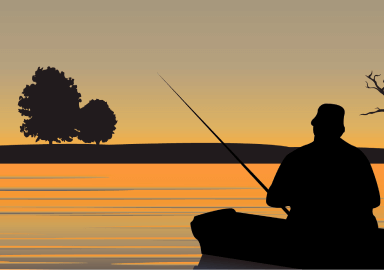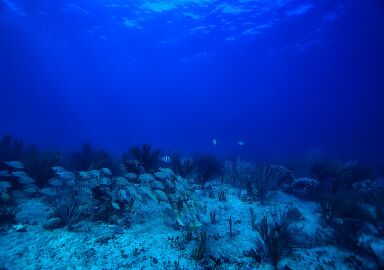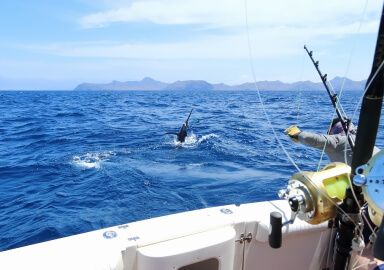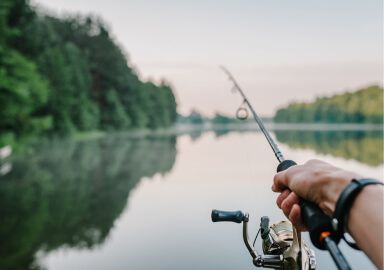Red Stumpnose
Rare and beautiful, the red stumpnose is a coveted game fish found only in a few spots in the extreme southwest of the Indian Ocean.
View 4 listings
4
listings
–
price starting from
1
countries
–
to the nearest trip
Where and When?
Red stumpnose has a very limited distribution in the southwest Indian Ocean. Specifically, they are found mostly between False Bay, near Cape Town, up the South African coast to East London. They prefer cool waters with strong currents and, as adults, they tend to move into deeper waters.
At all stages of their life, apart from the very early planktonic ones, the red stumpnose are strongly associated with reefs and rocky bottoms. Once they mature, they tend to be, from tagging and recovery information, extremely “loyal” to very small areas. The depth range is given as 10-100 m. (33-328 ft.). There are no large-scale migrations but localised aggregations prior to and during spawning. Males fight aggressively, “battering” into each other using their forehead protrusions.
Being a cold-water species, the red stumpnose feed both day and night and can be caught throughout the year. The numbers of the species has been markedly reduced, to an estimated 1-5% of their original stock, and in some areas are now very rare. Being slow growing, it is rare to find specimens anywhere near their maximum size.
About Red Stumpnose
The red stumpnose or “Miss Lucy”, Chrysoblephus gibbiceps, is a member of the Sparidae family that contains most breams and perch. It is an important species to both commercial and sport anglers in the small region in which it is found. It is deep-bodied with a steep forehead that develops a large “hump” in adult males. Juveniles have clear red-orange vertical bars down the flanks which become less distinct with growth and the fish develops many golden flecks along its flanks. The eyes are small, and the teeth are strong and used for grinding food.
The species can attain 75 cm. (30 in.) with a maximum mass of 8.1 kg. (18 lbs.). Red stumpnose are a slow-growing and long-lived species that can reach 48 years old. They mature at 2-4 years and spawn in loose aggregations from October to January, peaking in December. They are a “demersal” species rarely straying far from the ocean floor where they feed mostly on invertebrates such as crustaceans and molluscs - their favourites being brittle stars, urchins and octopus.
How to Catch?
While some red stumpnoses, mostly small ones, are caught from the shore the vast majority are landed by small shore-based boats. The species, although not massive, is beautiful and, partially due to its present scarcity, is a highly sought-after species. Locating a sweet spot where red stumpnose are abundant can be a challenge, but fishing marketplaces like BaitYourHook.com make it easy to find a charter boat operator who has the local knowledge necessary to bring you to the fish.



